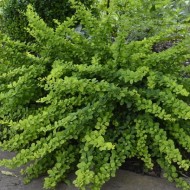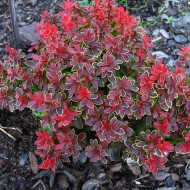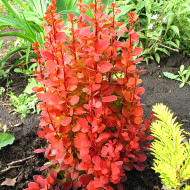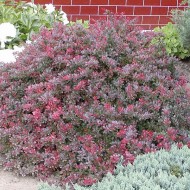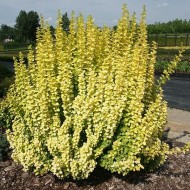Do I need to cover the barberry for the winter and when is it necessary
Content
Winter preparation rules
Even the most beautiful ornamental plant loses its attractiveness with improperly organized wintering. Despite its high winter hardiness, barberry suffers from sudden changes in temperature. So, snowy and frosty winters are not an obstacle for this decorative culture. But sharp thaws in the middle of winter, which are replaced by severe frosts, can damage thin branches and freeze the root system. To prevent the freezing of ornamental shrubs, you need to know how to properly prepare the plant for the upcoming cold weather.
Autumn preparation of barberry for winter consists of several simple procedures:
- Watering. Barberry is characterized by high drought resistance. Water the bush only if the autumn turned out to be sparse in precipitation.
- Fertilization. Autumn top dressing provides for the introduction of organic and mineral fertilizers into the soil. However, it is not recommended to use ready-made mixtures that contain nitrogen-containing substances.
- Rejuvenating crown pruning. It is best to wear protective gloves when removing old shoots that have been broken by the wind or damaged by insects and rodents, as sharp thorns on the branches can leave scratches on the hands.
- Soil preparation. Digging up the soil allows you to create an air cushion and saturate the soil with oxygen. Mulching protects against excess moisture and glaciation of the root system during unexpected temperature changes.

The preparation and features of the technology for sheltering barberry for the winter depend on the varietal characteristics and climatic characteristics of the region where the shrub grows.
Video: "Preparing barberry for winter"
From this video you will learn how to properly prepare ornamental shrubs for wintering.
What plants need to be covered
The feasibility of warming barberry for the winter depends on the varietal characteristics of the cultivated crop. Most gardeners prefer to cultivate frost-resistant crops on the territory of their summer cottages. So, the high popularity of summer residents of central Russia is enjoyed by the varieties Obyknovenny, Ottavsky, Thunberg and other types of barberry, which is home to Canada. Barberry varieties Orange Rocket, Red Rocket, Harlequin, Admiration, Maria, Atropurpurea, Bagatelle and Rose Glow are distinguished by high winter hardiness and can be grown even in the northern regions.
The varieties Red Pillar, Juliana, Green Carpen, Golden Rocket and Aurea are less frost-resistant: young shoots freeze under severe frosts. Columnar shrubs and barberry hybrids require more thorough preparation for winter and a reliable shelter.
Warming options
Most of the ornamental plants, including barberry shrubs, are frost-resistant crops that do not require additional shelter for the winter. According to the recommendations of seasoned gardeners, only young plants and the root collar of bushes aged 3 years and older need to be well covered.At the stage of preparing the shrub for the upcoming cold weather, the root collar should be cleaned of inert peat and covered with dry chernozem. Mulching the soil in the near-trunk circle with sawdust, straw, dry soil, fallen leaves and small coniferous twigs protects the plant during temperature extremes.
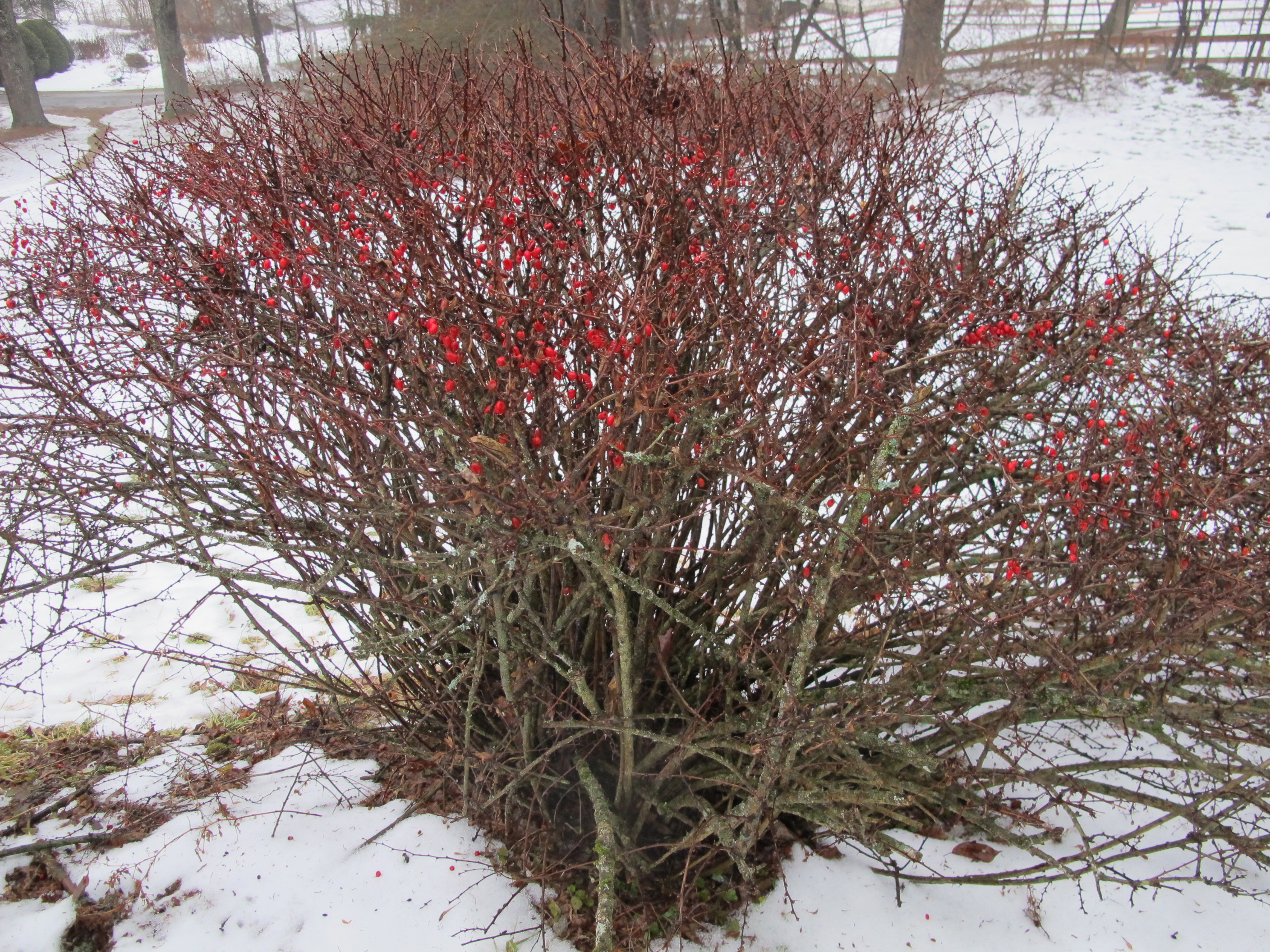
It is necessary to insulate the aboveground part of the shrub only if the plant has recently been transplanted into open ground. A barberry bush that did not have time to get stronger may not cope with the first frosts. To protect the plant from the cold, it is recommended to collect all the shoots in a free bunch and cover them with a covering material. As a heater for the winter, you can use burlap, agrofibre, non-woven fabric, lutrasil or ordinary white polypropylene bags.
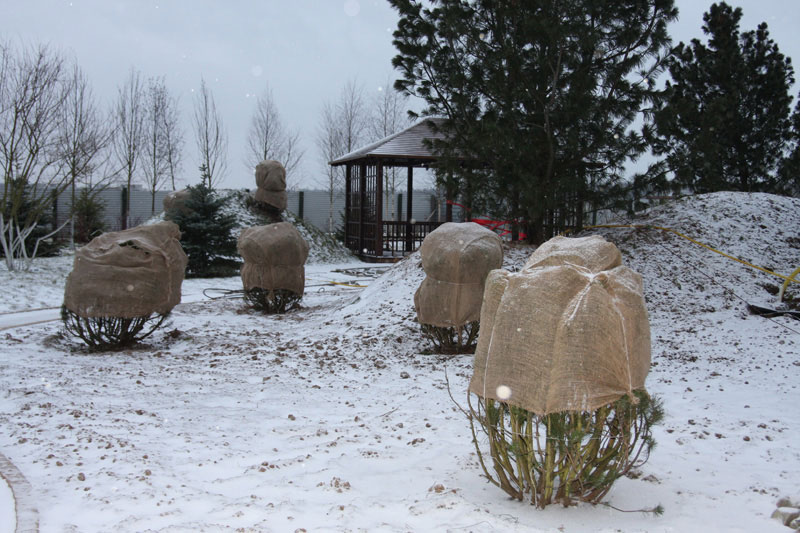
The height of the mulch layer should not be more than 10–12 cm. Too high cover can lead to the opposite consequences: the root collar of the barberry will begin to rot and rot. It is also not recommended to compact the mulch layer, since the absence of air spaces makes it difficult for air to circulate.
Features of the technology for sheltering ornamental plants for the winter may differ in different regions. In the Volga region, the Moscow region and other regions of Russia with a warm, temperate climate, barberry is mulched and the root collar is insulated.
In Siberia and the Urals, the bush is covered with a dense non-woven material. Please note that the covering material must allow air to pass through, otherwise a greenhouse effect will form inside. Excess moisture on the inner walls of the covering material can cause the bush to rot. In severe frosts, you need to cover the plant with a wooden box or a metal mesh, inside which pine spruce branches are laid and dry earth or sand is poured.

